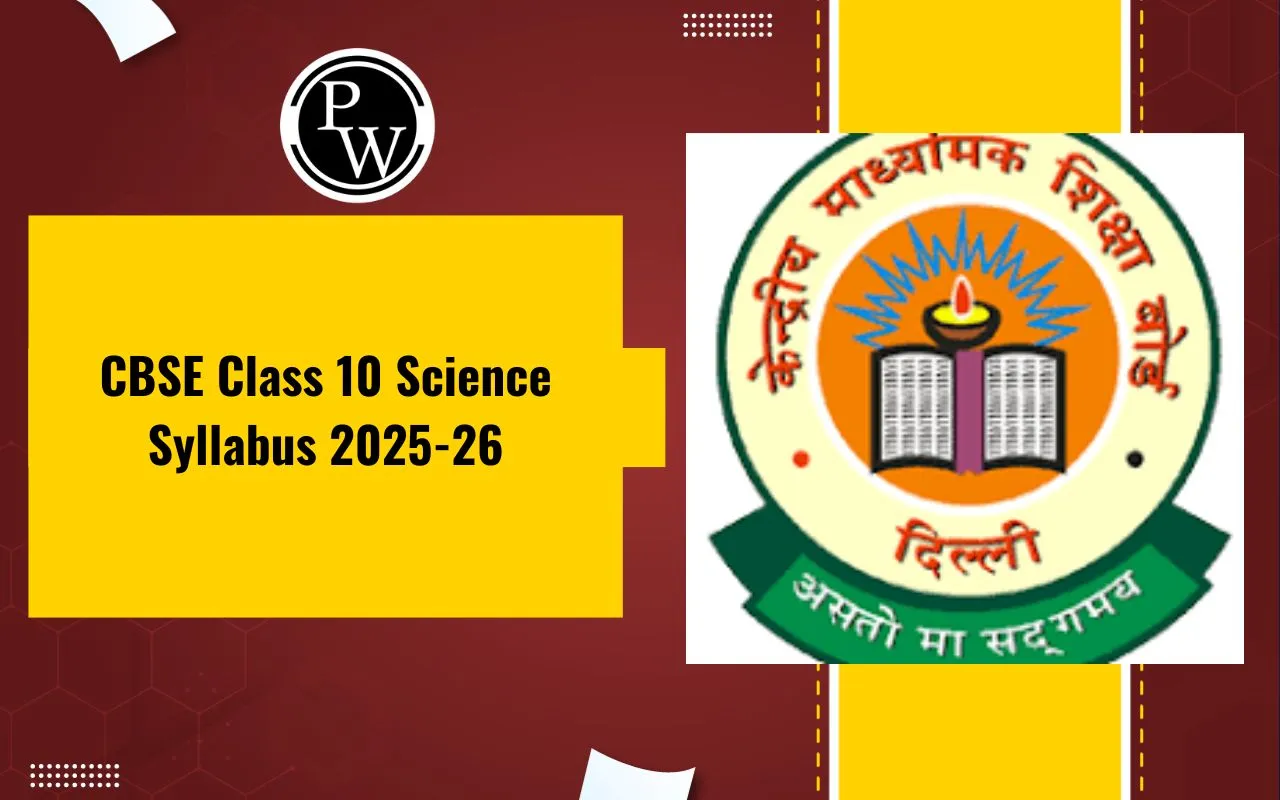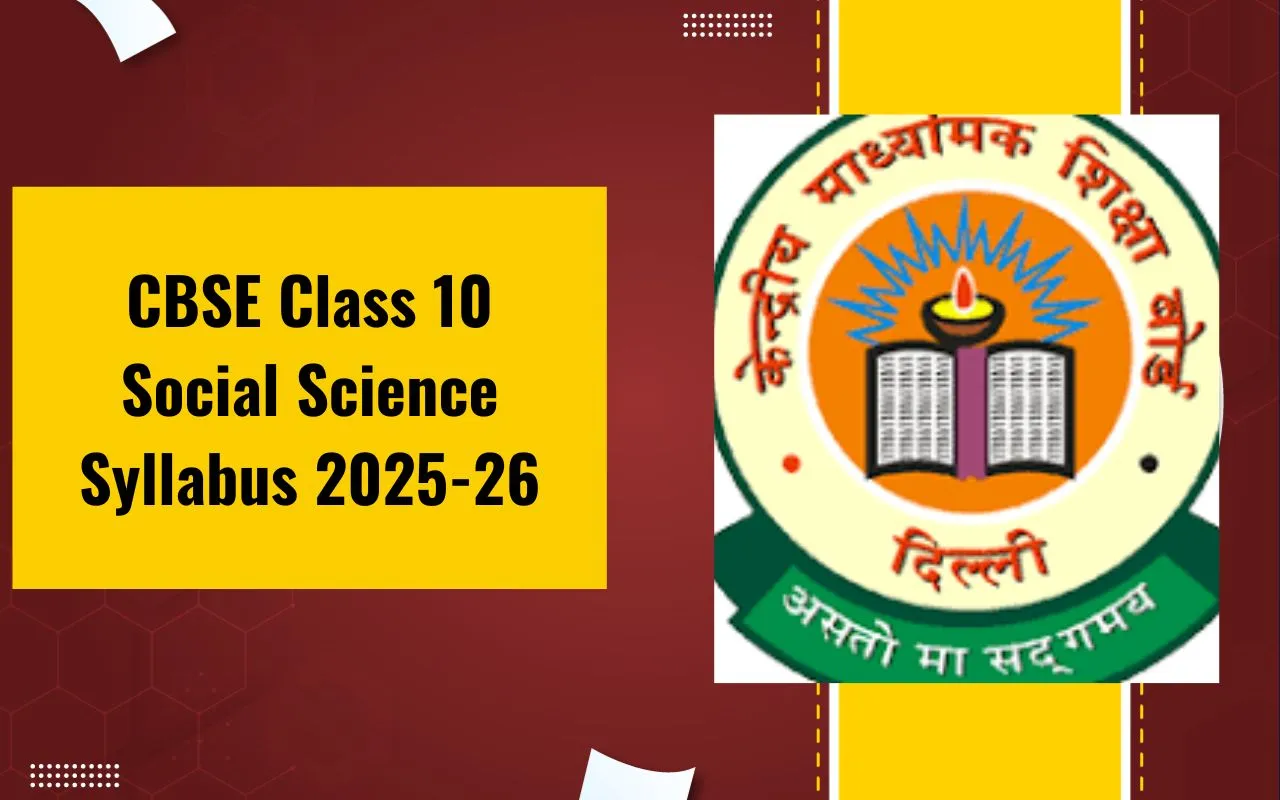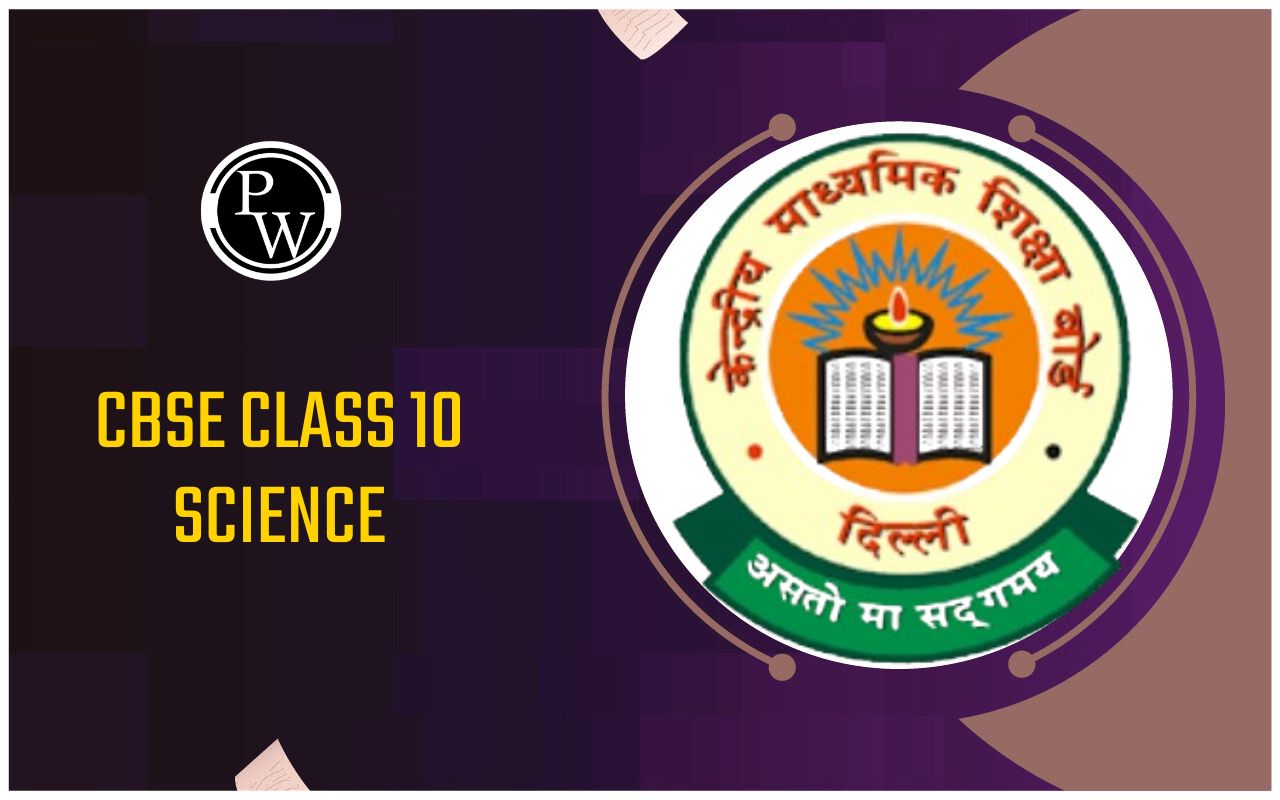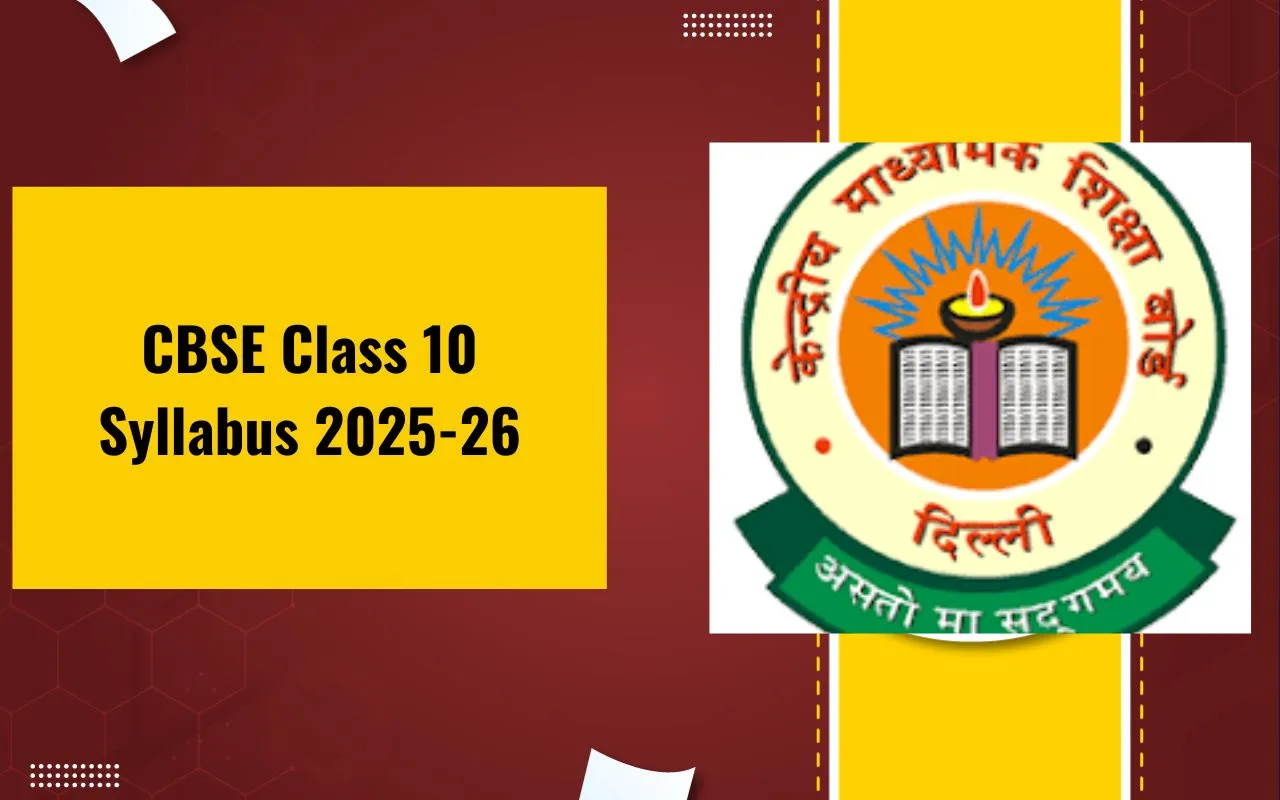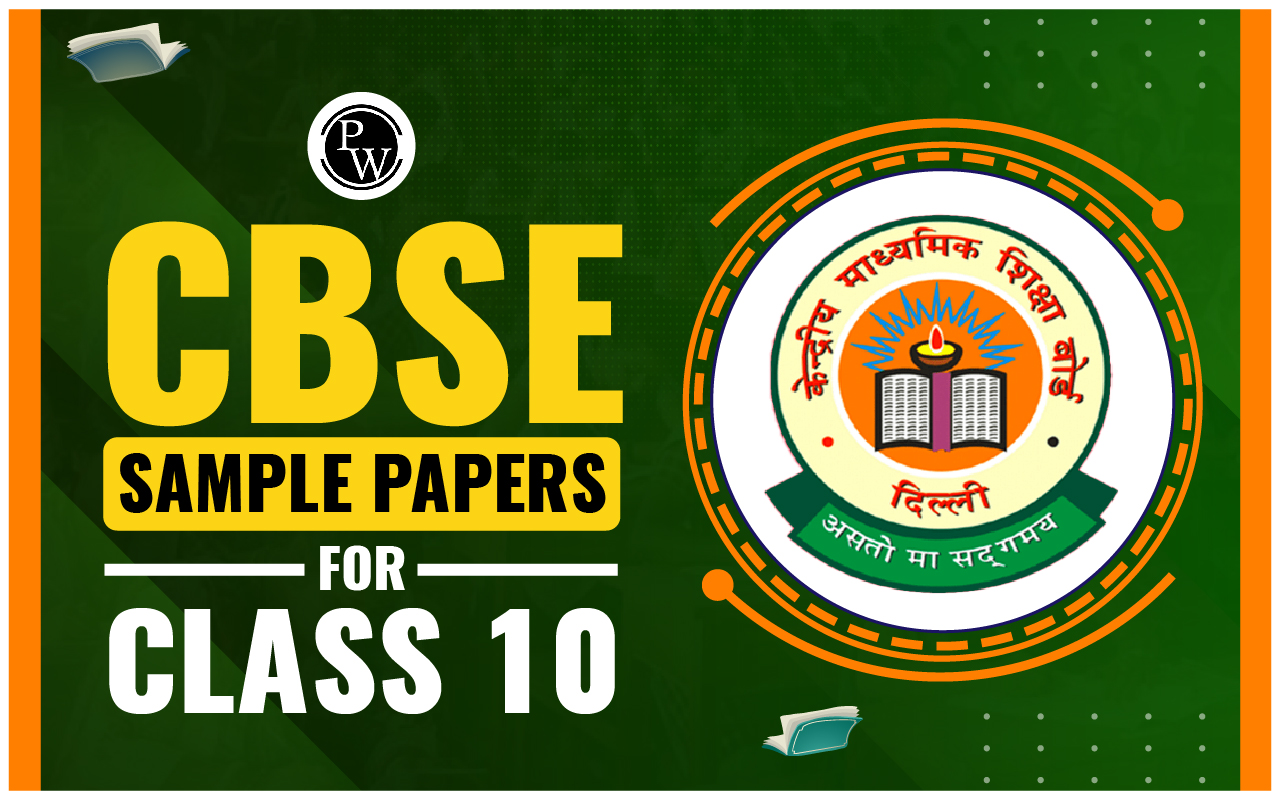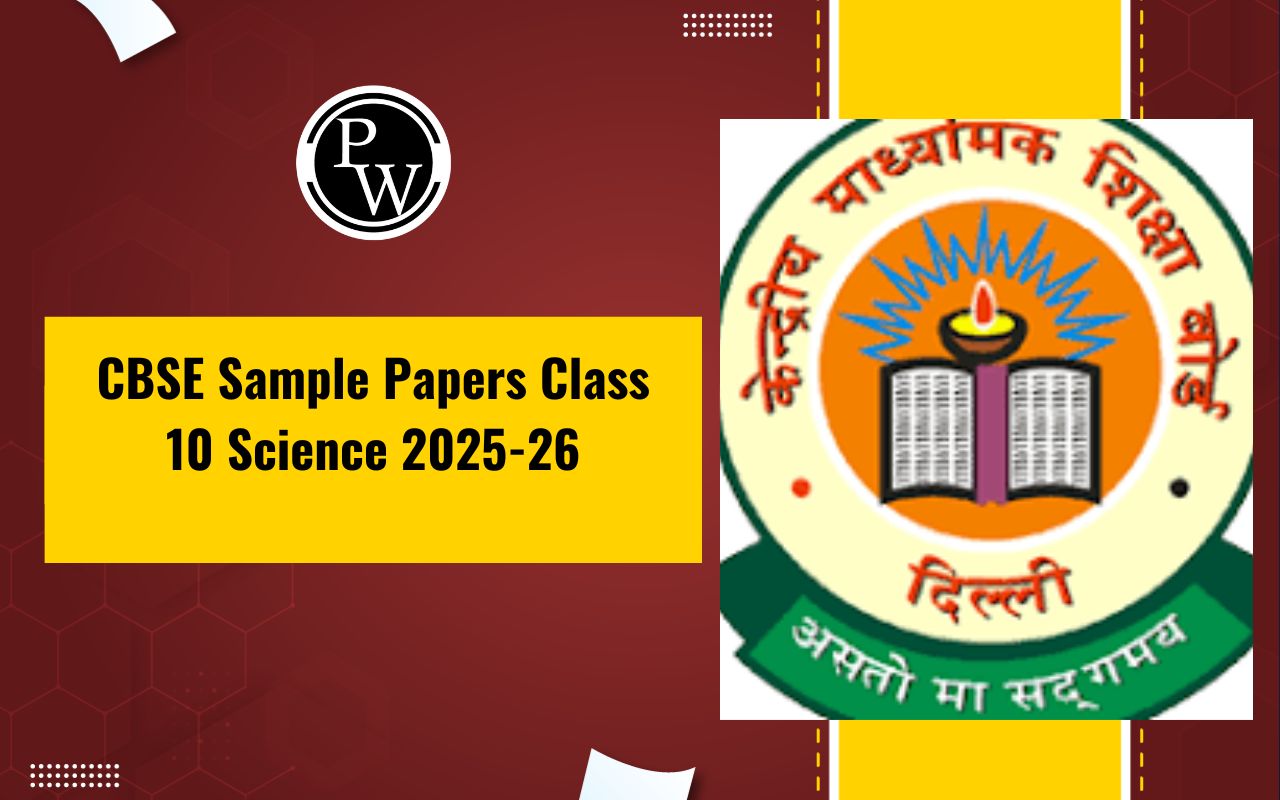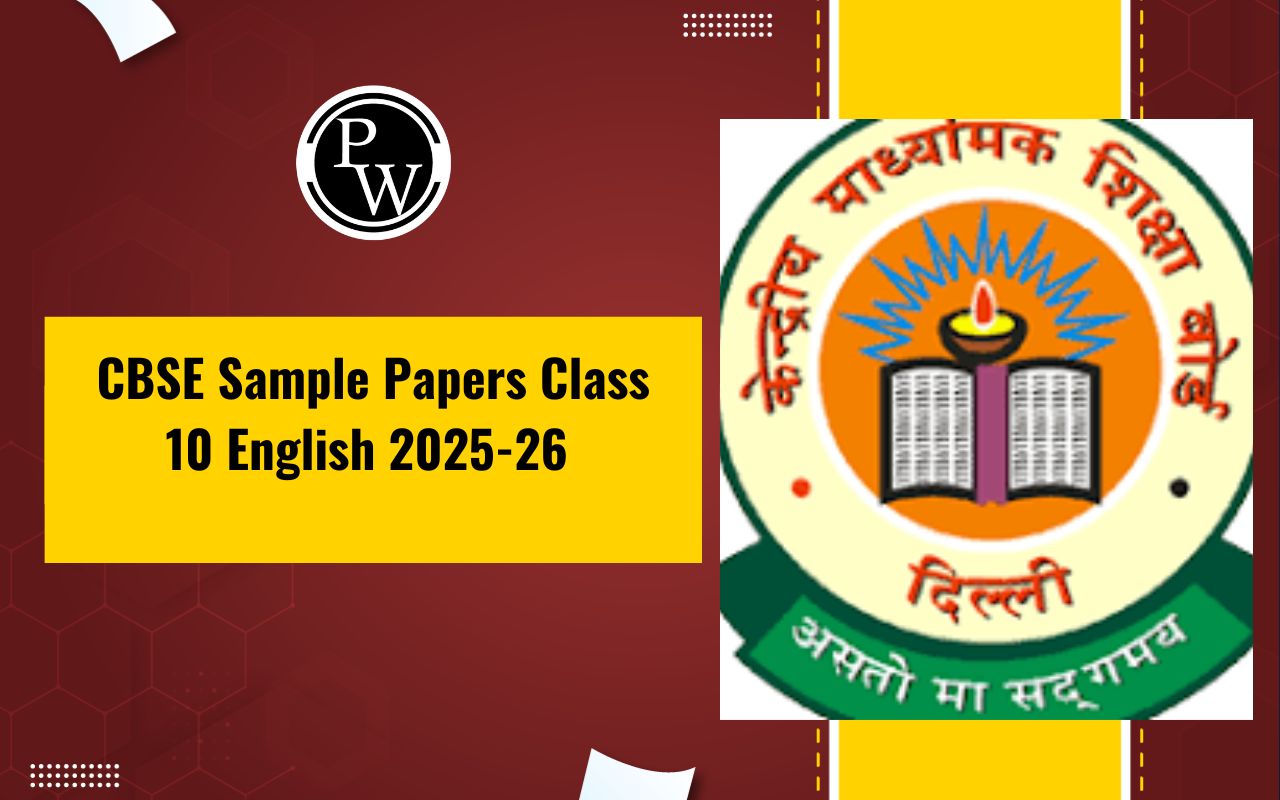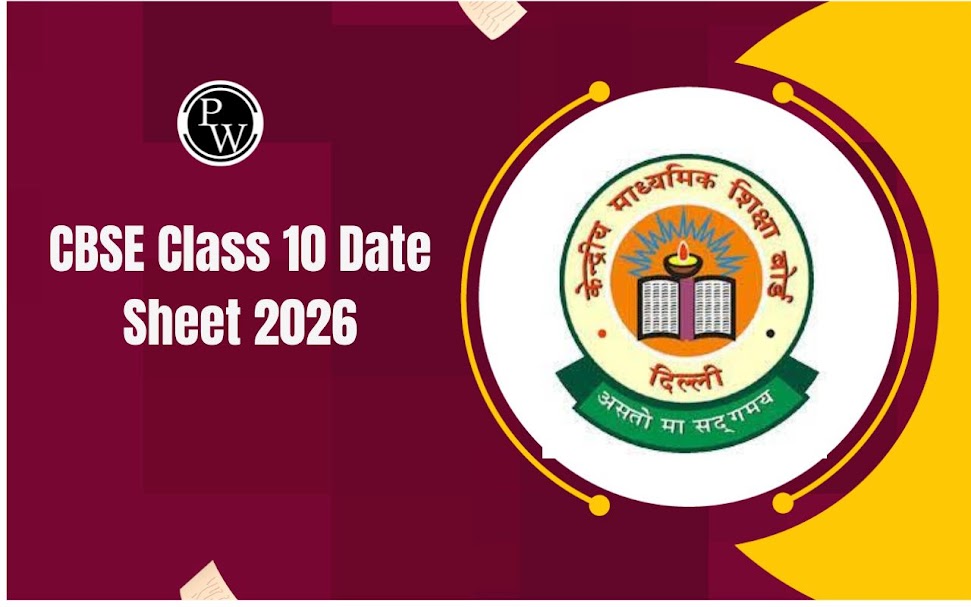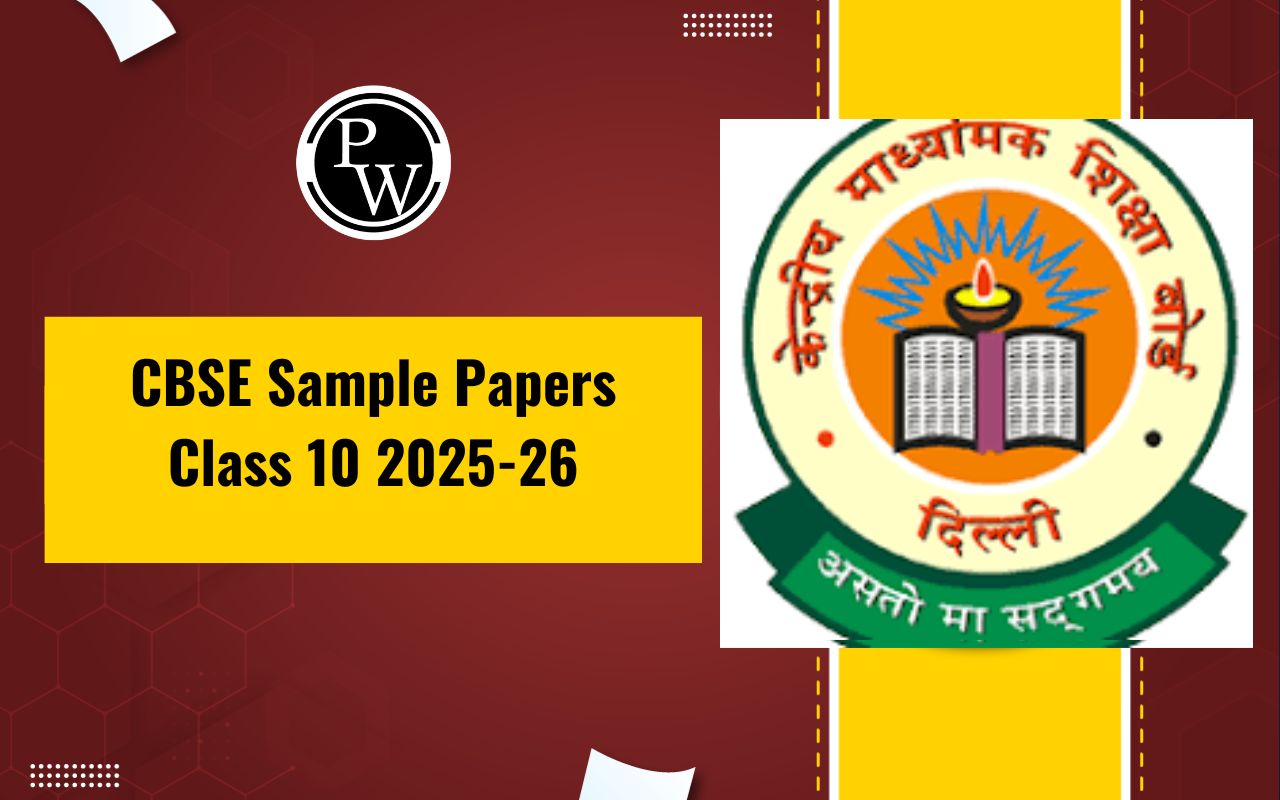

NCERT Solutions for Class 10 Social Science Geography Chapter 7: The lifelines of a national economy are defined as the means of transportation and communication, according to NCERT Solutions for Class 10 Geography Chapter 7. The majority of this chapter, which is crucial for the test, is devoted to transportation. Students will mostly learn about roads, railroads, pipelines, canals, seaports, and airports in this chapter. The chapter concludes with a discussion on communication.
Students will locate the exercise questions once they have finished the chapter. We have included the NCERT Solutions for Class 10 Geography Social Science Chapter 7 on Lifelines of National Economy, which includes the answers to all of the exercise problems, to aid them in their study.NCERT Solutions for Class 10 Social Science Geography Chapter 7 Overview
The topics that follow will be covered with the students:1. Transport
- Roadways
- Railways
- Pipelines
- Waterways
- Airways
2. Major Sea Ports
3. Communication
4. International Trade
5. Tourism as a trade
NCERT Solutions for Class 10 Social Science Geography Chapter 7 PDF
Use the NCERT Solution for Class 10 Social Science Geography Chapter 7 Lifelines of National Economy to learn about the nation's economy. The same is available for free download in PDF format. Get the carefully chosen NCERT Maths Solutions for Class 10 from here, compiled by experienced experts. Science students will also find the solutions chosen by our master teachers to be quite helpful if they are looking for Class 10 Science NCERT Solutions.NCERT Solutions for Class 10 Social Science Geography Chapter 7 PDF
NCERT Solutions for Class 10 Social Science Geography Chapter 7
Exercises
1. Multiple choice questions.
A. Which two of the following extreme locations are connected by the east-west corridor?
- Mumbai and Nagpur
- Silcher and Purbandar
- Mumbai and Kolkata
- Nagpur and Siliguri
Solution:
(b) Silcher and PurbanderB. Which mode of transportation reduces trans-shipment losses and delays?
- Railways
- Roadways
- Pipelines
- Waterways
Solution:
(c ) PipelinesC. Which one of the following states is not connected with the H.V.J. pipeline?
- Madhya Pradesh
- Maharashtra
- Gujarat
- Uttar Pradesh
Solution:
(b) MaharashtraD. Which one of the following ports is the deepest land-locked and well-protected port along the east coast?
- Chennai
- Paradip
- Tuticorin
- Vishakhapatnam
Solution:
(d) VishakhapatnamE. Which one of the following is the most important mode of transportation in India?
- Pipeline
- Railways
- Roadways
- Airways
Solution:
(b) RailwaysF. Which one of the following terms is used to describe trade between two or more countries?
- Internal trade
- International trade
- External trade
- Local trade
Solution:
(b) International Trade2. In roughly thirty words, respond to the following questions.
a. State any three merits of roadways.
Solution:
Three advantages of roads are- Road construction is significantly less expensive than building railway tracks.
- For short-distance transportation of a small number of people and comparatively little cargo, road transport is cost-effective.
- Roads are able to go over a far more diversified and varying terrain.
b. Where and why is rail transport the most convenient means of transportation?
Solution:
Rail travel is the most viable means of transit in the northern plains because they are level tracts of land with dense populations and an abundance of agricultural supplies.c. What is the significance of the border roads?
Solution:
Border roads are strategically significant; they have enhanced accessibility in regions with challenging topography and contributed to the economic growth of the bordering parts of the nation.d. What is meant by trade? What is the difference between international and local trade?
Solution:
A trade is the exchange of goods between individuals, nations, and states. International trade is trading between nations. Within a nation's cities, towns, and villages, local trade is conducted.3. Provide a 120-word response to each of the following questions.
a. Why are the means of transportation and communication called the lifelines of a nation and its economy?
Solution:
Because they are necessary for rapid development, communication and transport infrastructure is referred to as the lifelines of a country and its economy. India has strong international connections despite its enormous size, variety, and linguistic and sociocultural pluralism. In many respects, radio, film, television, newspapers, aeroplanes, rivers, railroads, and the internet have all aided in the socioeconomic development of the country. Along with facilitating trade, these many modes of transportation and communication have improved our quality of life and significantly increased the number of services and facilities for personal comfort.b. Write a note on the changing nature of international trade in the last fifteen years.
Solution:
International trade is defined as trade between nations. Over the past fifteen years, there has been a significant shift in international trade. The interchange of knowledge and information has surpassed the exchange of goods and commodities. For example, India has become a global software powerhouse and is generating significant foreign exchange profits from the export of information technology. In addition to external variables like taxes and levies on the movement of commodities, international trade is also influenced by the relationships between the nations. The emergence of several trade blocs over the past fifteen years has altered the old methods of conducting international trade.Benefits of NCERT Solutions for Class 10 Social Science Geography Chapter 7
- By utilising these NCERT solutions for Class 10 Geography, Chapter 7, you will obtain a comprehensive comprehension of the chapter's topics.
- There are simple language solutions.
- Students might utilise these solutions as a last-minute review resource.
- For students to study, the chapter is available for download in PDF format.
- By responding to these questions, you will be able to understand the types of questions that will be asked on the test.
NCERT Solutions for Class 10 Social Science Geography Chapter 7 FAQs
Is SST Class 10 board hard?
Which is the toughest chapter in class 10 social science?
How to score full marks in sst class 10?

